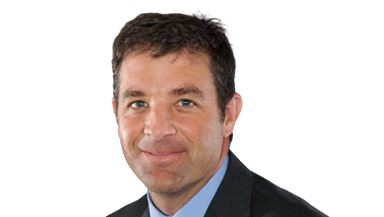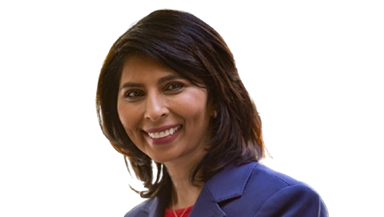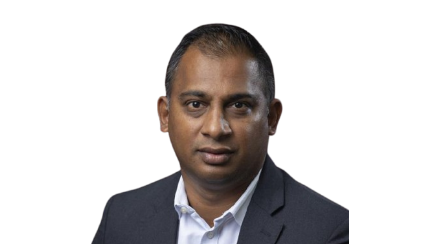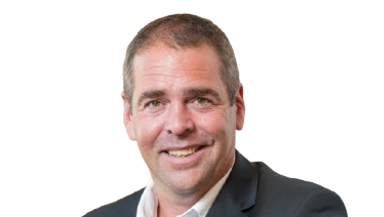Media centre
- Media articles
Five Reasons to remain optimistic about South Africa's market outlook
South Africa's market outlook is optimistic due to strong fundamentals, improved currency strength, and lower inflation, creating a conducive environment for investment, particularly in fixed income assets.
South Africa's Two-pot Retirement System: How Global Trends are Influencing Local Reforms
South Africa's innovative two-pot system, blending immediate access with long-term retirement savings, is inspired by global best practices.
If You Can Help Save the Planet While Achieving Your Financial Objectives - Why Not?
In today's investment landscape, where sustainability and financial performance are almost equally scrutinised, there’s a critical case to be made for principle-led investing. When you invest with impact, it helps protect the planet while you earn returns that support reaching not only your financial objectives but also your sustainability goals.
Creating an Equitable Work Environment for Women Investment Managers
The investment management industry has historically experienced an underrepresentation of women in key roles. Despite efforts to change this, progress in balancing gender representation has been gradual. However, women are overcoming biases and carving out their paths to success in this dynamic field.
Sanlam Investments Multi-Manager Expands Its Leadership and Investment Teams for Future Growth
Sanlam Investments Multi-Manager has announced key changes within its leadership and investment teams, reinforcing its commitment to developing talent and driving strategic growth. Willem le Roux has been appointed as Portfolio Manager and Preanka Naidoo has been promoted to Head of Corporate Solutions, both within the Multi-Manager team.
Generational Wealth Transfer Set to Transform Investment Landscape
Kingsley Williams shares insights on his role as CIO at Satrix, career journey, investment philosophy, and industry adaptation strategies.







